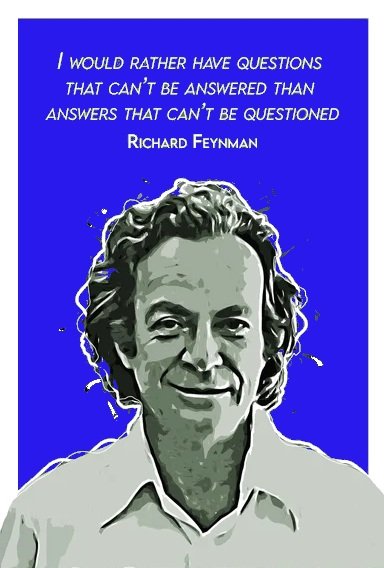Permaculture: the Real Reset
“There is plenty of room at the bottom”
To misquote Richard Feynman…
…there is more “space” at the small-scale. This is demonstrated by approaches like permaculture, regenerative agriculture.
At the scale where they are applied, they can be as productive than large-scale farmingMake it stand out
Fundamentally, Permaculture builds "systems" that require as little human input as possible.
It's hard work to set them up. If you do it right, it then becomes easier, like a terrace; after a difficult, back-breaking construction and a couple of seasons, the system builds up and consolidates. Ancient civilizations like the Incas left traces of various "automated" systems that catch rain, retain moisture, maintains beneficial insects and fungi. Just add rainfall.
Those were robust systems, with well-defined failure envelopes. Across the world, terraces, were designed to fail only when the rainfall goes away permanently. Those systems, rather than continually consuming more land to “mine” more food, they manage energy flows within the system.
Why doesn't modern agriculture do this?
Cheap energy.
Too much of a good thing: cheap energy led us astray.
Over the course of the 20th Century, abundant “inputs” from cheap energy allowed to use less labor, and coerce that system into providing ever-greater “outputs”. Those systems evolved into giant factory farms and their monocultures. Because they are optimized for a single species, they are fragile and require a lot of effort to eliminate pests and control extreme events.
But surely, to get more output, you need more energy.
Only in the short term.
In a different system, you only manage the flow of energy across the network. This is what permaculture does. The energy “input” is used to maximize the growth of the system, not the “output”; a lot of effort goes into setting in place “cycles” that perpetuate Life within the system. It takes time to set them up. But once they are well established, those systems can “scale-up”.
But they cannot be monocultures
But it takes more effort to design and maintain agriculture as a “production ecosystem". It also takes more knowledge.
The system is made up of the diversity of plants and animals to function, and it focuses on evolving systems that merely controls pests, albeit without effort. This makes them antifragile; in many ways, the diversity of plants ensures that pests are part of the system.
Once it “gets going”, feedbacks develop that “automate” much of the maintenance. Without humans actively “forcing” it to maximize output, the system evolves and optimizes itself. Farmers focus on making the “least change for the greatest effect”, starting at the small scale before slowly scaling up, observing, learning, and tweaking. As the system evolves, it becomes antifragile, as each new element serves several functions, and each new function is support several elements.
Because of this, those “ecological design” approaches are far more regenerative and require far less energy “imports”. They are far more antifragile, than industrial agriculture.
Compared to Agribusiness, the system's “yield-per-acre” is lower.
But its “yield-per-unit-of-imported-energy” is far higher.
This is what makes it sustainable. Inside the system, the energy cycle is far more efficient, requiring far fewer outside inputs, and generated far greater outputs.


